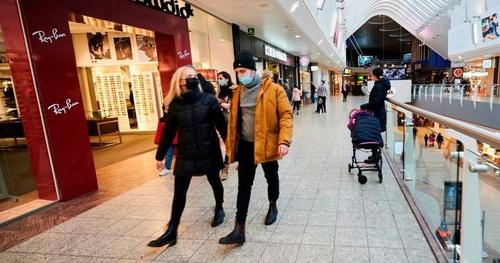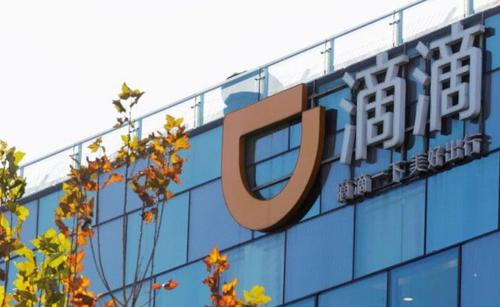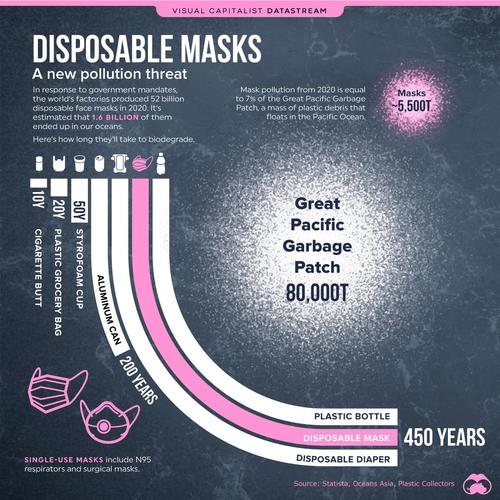
With the end of summer fast approaching, parents are making hard decisions about their children’s education: should they risk the pandemic-fueled chaos of forcibly pre-paid government schools, or should they try homeschooling, private schools, or something different? A recent federal court decision from California may nudge more kids out public-school doors as it affirms that private schools have much wider latitude than those run by the government to set their own policies, including responses to COVID-19. That’s an important degree of extra leeway when some officials seem eager to impose new restrictions and the CDC reverses itself to recommend that even vaccinated students should suffer through the day behind masks.
On July 23, a panel of judges from the Ninth Circuit Court of Appeals ruled on a challenge to Democratic California Gov. Gavin Newsom’s across-the-board closure of all schools, private as well as public, to in-class learning last year.
“We hold that the district court properly rejected the substantive due process claims of those Plaintiffs who challenge California’s decision to temporarily provide public education in an almost exclusively online format,” Judge Daniel P. Collins wrote for a panel of the Ninth Circuit Court of Appeals. “Both the Supreme Court and this court have repeatedly declined to recognize a federal constitutional right to have the State affirmatively provide an education in any particular manner, and Plaintiffs have not made a sufficient showing that we can or should recognize such a right in this case.”
Basically, the court says the state can force you to cough up taxes to fund its quasi-educational holding pens but, in return for that money, you’ll get what you get and too bad if you don’t like it. You have many more options, though, if you can swallow the cost of taxes and still pony up for other options.
“We reach a different conclusion, however, as to the State’s interference in the in-person provision of private education to the children of five of the Plaintiffs in this case. California’s forced closure of their private schools implicates a right that has long been considered fundamental under the applicable caselaw—the right of parents to control their children’s education and to choose their children’s educational forum.”
California has since rescinded the school closure order, but the court issued its decision anyway, citing the state’s history of “moving the goalposts” as evidence that it couldn’t be trusted to refrain from imposing strictures in the future. Renewed mask requirements in Los Angeles County on even the vaccinated and mutterings about reimposing restrictions show that the court’s concerns are justified.
So, the Ninth Circuit decision reaffirms the freedom of private alternatives to public schools to offer options that might be at odds with the preferences of public officials—or with the policies of other private institutions. Private schools, microschools, learning pods, and homeschoolers retain their ability to cater to different styles, needs, risk-tolerances, and philosophies, as they should in a diverse and at least nominally free society that respects individual choice.
That people appreciate such flexibility is reflected in the substantially greater happiness found among families that choose alternatives to default government-run district schools.
“Private School and Home School Parents are more strongly satisfied than District School Parents,” finds the latest monthly survey performed by Morning Consult for EdChoice. About 67 percent of private school parents report being “very satisfied” with their children’s experience, compared to 59 percent of homeschoolers, 59 percent of charter school parents, and 38 percent of district school parents (adding in those who are “somewhat satisfied” brings all learning categories into positive territory).
About 49 percent of private school parents say their children’s academic learning progressed “very well” during the last school year, compared to 46 percent of home school parents and 28 percent of district school parents. Private school parents and homeschoolers also substantially outstripped district school parents in their satisfaction with their children’s emotional and social development.
If given the option, and cost was not a factor, the survey found that only 41 percent of school parents would choose traditional public schools. About 37 percent would pick private schools, 9 percent would homeschool, and 7 percent would choose charters.
Large majorities of school parents, 70 percent and higher, told EdChoice that they support charter schools, school vouchers, and educational savings accounts that make it easier for them to select learning approaches instead of being stuck in government institutions. Other recent surveys find similar levels of support for education options, with Tommy Schultz, CEO of the American Federation for Children, saying of his organization’s polling that “public support for school choice is at an all-time high.”
None of this means that families fleeing public schools are all on the same page. Some are absolutely done with mask mandates and distance learning, others want even stricter rules for avoiding infection, and still others choose alternative education approaches for reasons that have nothing to do with pandemic responses. What they all have in common is a desire for learning environments that meet their needs and abide by their priorities—not those of government officials imposing one-size-fits-all mandates. Among those mandates might be renewed mask rules after the Centers for Disease Control and Prevention (CDC) did an about-face on its recommendations this week.
“CDC recommends that everyone in K through 12 schools wear a mask indoors, including teachers, staff, students and visitors, regardless of vaccination status,” Director Rochelle Walensky advised in a reversal of earlier guidance.
That’s not exactly welcome news to families that vaccinated their teen students in hope of a return to something resembling normal life and healthy human interaction. Many of them are willing to accept the slight risk COVID-19 poses to the vaccinated in order to offset the very real damage isolation has inflicted on children’s mental health. From April through October of 2020, emergency room visits in the United States for mental health reasons increased by 24 percent for kids 5- to 11-years-old, and by 31 percent for 12- to 17-year-olds as compared to the previous year, according to researchers.
Thanks to the Ninth Circuit Court panel, parents able to pick private education options for their kids will be a lot freer to make their own assessments of relative risks and choose learning environments that suit their preferences and not those of government officials.
from Latest – Reason.com https://ift.tt/3ierUro
via IFTTT






